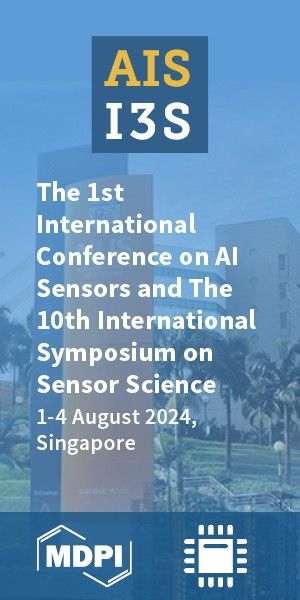Article
Version 1
Preserved in Portico This version is not peer-reviewed
Stacking Effects on Anthraquinone/DNA Charge-Transfer Electronically Excited States
Version 1
: Received: 29 October 2020 / Approved: 2 November 2020 / Online: 2 November 2020 (14:15:09 CET)
A peer-reviewed article of this Preprint also exists.
Cárdenas, G.; Nogueira, J.J. Stacking Effects on Anthraquinone/DNA Charge-Transfer Electronically Excited States. Molecules 2020, 25, 5927. Cárdenas, G.; Nogueira, J.J. Stacking Effects on Anthraquinone/DNA Charge-Transfer Electronically Excited States. Molecules 2020, 25, 5927.
Abstract
The design of more efficient photosensitizers is a matter of great importance in the field of cancer treatment by means of photodynamic therapy. One of the main processes involved in the activation of apoptosis in cancer cells is the oxidative stress on DNA once a photosensitizer is excited by light. As a consequence, it is a matter of great relevance to investigate in detail the binding modes of the chromophore with DNA, and the nature of the electronically excited states that participate in the induction of DNA damage, for example, charge-transfer states. In this work, we investigate the electronic structure of the anthraquinone photosensitizer intercalated into a double-stranded poly(dG-dC) decamer model of DNA. First, the different geometric configurations are analyzed by means of classical molecular dynamics simulations. Then, the excited states for the most relevant poses of anthraquinone inside the binding pocket are computed by an electrostatic-embedding quantum mechanics/molecular mechanics approach, where anthraquinone and one of the nearby guanine residues are described quantum mechanically to take into account intermolecular charge-transfer states. The excited states are characterized as monomer, exciton, excimer and charge-transfer states based on the analysis of the transition density matrix, and each of these contributions to the total density of states and absorption spectrum is discussed in terms of the stacking interactions. These results are relevant as they represent the footing for future studies on the reactivity of anthraquinone derivatives with DNA and give insights on possible geometrical configurations that potentially favor the oxidative stress of DNA.
Keywords
Photodynamic Therapy; Charge Transfer; Electronically Excited States; Anthraquinone; DNA; Molecular Dynamics; TD-DFT; Transition-Density Analysis
Subject
Chemistry and Materials Science, Analytical Chemistry
Copyright: This is an open access article distributed under the Creative Commons Attribution License which permits unrestricted use, distribution, and reproduction in any medium, provided the original work is properly cited.
Comments (0)
We encourage comments and feedback from a broad range of readers. See criteria for comments and our Diversity statement.
Leave a public commentSend a private comment to the author(s)
* All users must log in before leaving a comment







